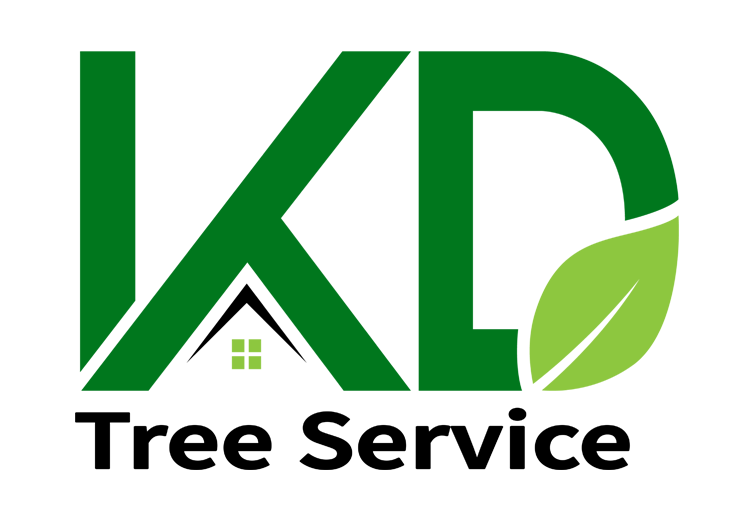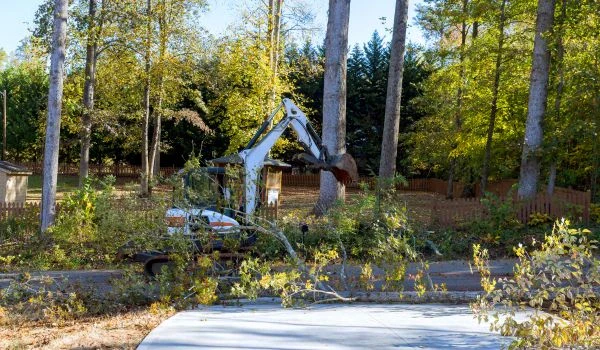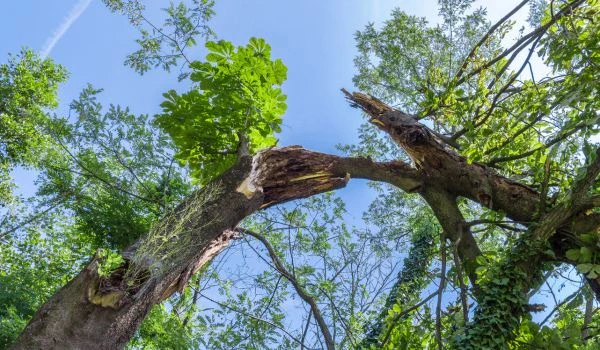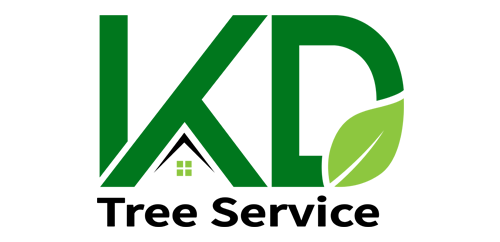- (518) 625-8733
- 310 Western Ave Albany NY 12203
- albany@kdtreeservices.com
- 24/7 service
Menu
Close
- Home
- About Us
- Our Services
- Locations
- Syracuse, NY
- Albany, NY
- Carle Place, NY
- Oceanside, NY
- Binghamton, NY
- Rockville, NY
- Erie, PA
- Trenton, NJ
- Marietta, GA
- Bogart, GA
- Columbia, SC
- Charleston, SC
- Fayetteville, NC
- Foxborough, MA
- Greenwood, MO
- Omaha, NE
- Churubusco, IN
- Moore, OK
- Belmont, MI
- Norwalk, CA
California
Georgia
Indiana
Massachusetts
Michigan
Missouri
Nebraska
New Jersey
North Carolina
Oklahoma
Pennsylvania
South Carolina
- Blog
- FAQs
- Contact Us
- Home
- About Us
- Our Services
- Locations
- Syracuse, NY
- Albany, NY
- Carle Place, NY
- Oceanside, NY
- Binghamton, NY
- Rockville, NY
- Erie, PA
- Trenton, NJ
- Marietta, GA
- Bogart, GA
- Columbia, SC
- Charleston, SC
- Fayetteville, NC
- Foxborough, MA
- Greenwood, MO
- Omaha, NE
- Churubusco, IN
- Moore, OK
- Belmont, MI
- Norwalk, CA
California
Georgia
Indiana
Massachusetts
Michigan
Missouri
Nebraska
New Jersey
North Carolina
Oklahoma
Pennsylvania
South Carolina
- Blog
- FAQs
- Contact Us





